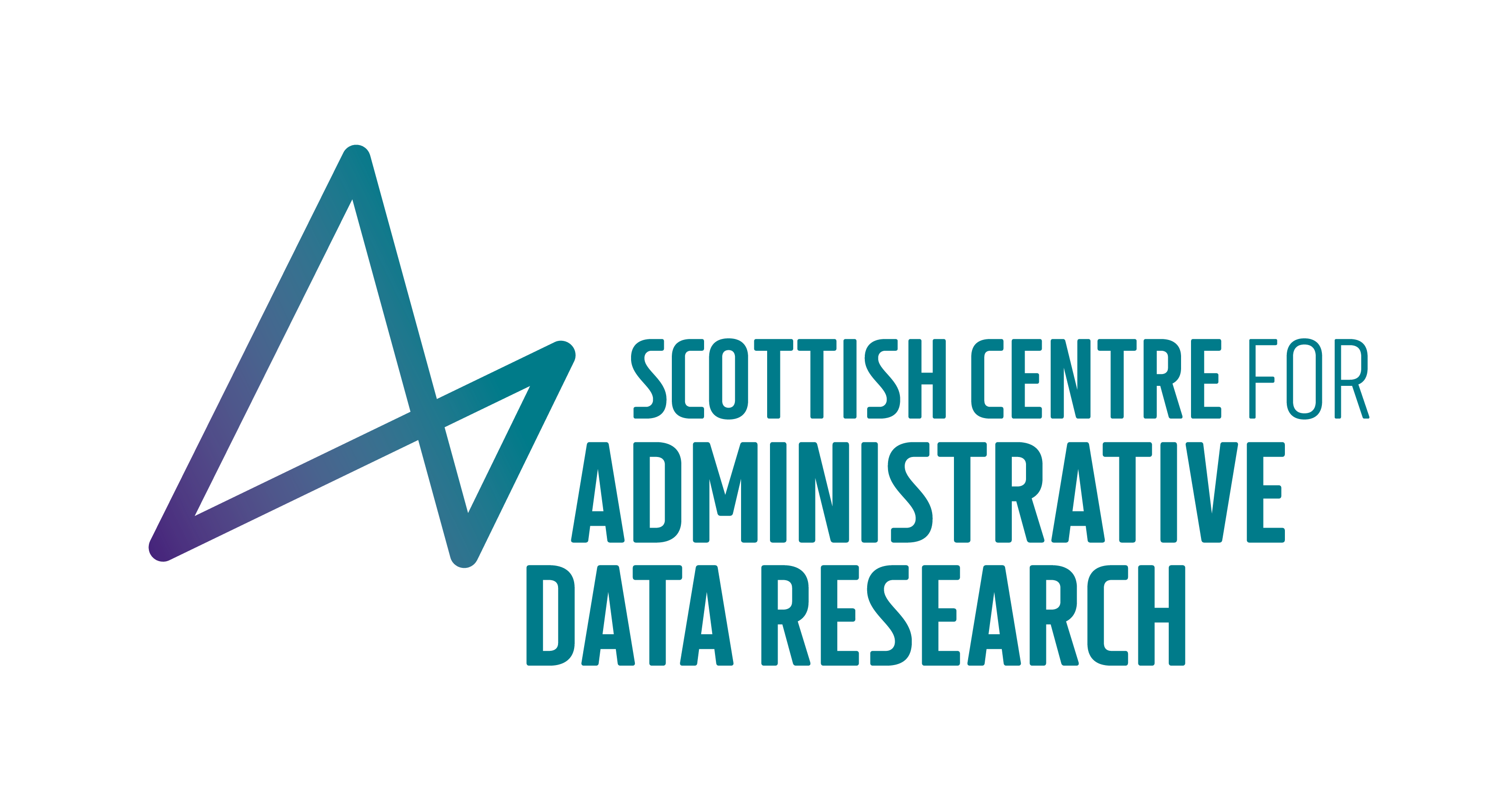BLOG - Getting rights right or on the rights track
Parisa Shirazi discusses how embedding a rights-based approach to work with children and young people benefits everybody involved.
Introduction
Plans to incorporate the United Nations Convention on the Rights of the Child (UNCRC) into Scottish law have highlighted the importance of children’s rights and encouraged organisations across Scotland to think about how they work with children and young people.
Children in Scotland were thrilled when the Scottish Centre for Administrative Data Research (SCADR) approached us to help them embed the principles of the UNCRC into the Centre‘s work and include a children right’s approach in their daily practice. In particular, they wanted to ask children and young people how they felt their data should be gathered, stored and communicated with them. This pilot project has brought together a group of six young people from across Scotland with a range of ages, experiences and interests to meet online and work collaboratively. One challenge we anticipated was making administrative data both engaging and accessible to young people, but we were pleased to find that everyone in the group has been very interested in the topic and they have all brought fantastic ideas and suggestions to the sessions!
Reflecting on the project session
In our first session, we introduced the idea of data through a fun quiz on Scottish data (which included questions like ‘Which part of Scotland consumes the most haggis?'- The answer is Dumfries and Galloway) and focused on getting to know each other and making sure that everyone felt comfortable sharing their views. Some of the topics we covered were:
- what is data
- how it is collected and stored
- how young people would like data to be communicated with them and
- how SCADR could work in a rights-based way
Robert Porter and Morag Treanor from SCADR came along to our third session to tell the group about their work, how researchers use data and ask the group what they thought about some previous examples of presenting data. The group has told us that often children and young people are not informed about how their data is being used and that this should be done in a way that everyone can understand well.
What's next?
By the time you read this blog, Children in Scotland will have finished their sessions and will be writing up their recommendations and findings in a final report.
They hope that the work of this project will have a positive legacy and impact the way researchers work with children and young people and their data. It is important to note that a pilot project such as this is the beginning of the ongoing process of working with children and young people in a rights-respecting way.
Robert and Morag look forward to sharing the final report on this website by the end of May.
This article was published on 08 Apr 2022




